O-class: Difference between revisions
Pbcjohnston (talk | contribs) Added O-10 and O-11 photos |
Pbcjohnston (talk | contribs) Added O-15 photo |
||
| Line 102: | Line 102: | ||
=== <big>O-12 (SS-73)</big> === | === <big>O-12 (SS-73)</big> === | ||
<div style="text-align: justify;"><span style="color:#00008B"> | [[File:O-12 and bridge.jpg|left|500px|Photo NH 44559 courtesy of NHHC, a print is in the private collection of Ric Hedman.]] | ||
<div style="text-align: justify;"><span style="color:#00008B">O-12 headed out on her initial builder's trials from the Lake company yard in Bridgeport, CT., August 21, 1918. There are 38 men topside, a normal crew would have been 29. The extras are Lake company personnel onboard to test systems. The exact location and name of the bridge in the background is not known, and it is likely that it no longer exists. But it is interesting to note that the bridge is damaged in the right of the picture and likely unusable.</span> | |||
[[O-12|See more O-12 photos]] | [[O-12|See more O-12 photos]] | ||
| Line 109: | Line 110: | ||
=== <big>O-13 (SS-74)</big> === | === <big>O-13 (SS-74)</big> === | ||
<div style="text-align: justify;"><span style="color:#00008B"> | [[File:O-13 with lots of crew.jpg|left|500px|Photo NH 44561 courtesy of NHHC.]] | ||
<div style="text-align: justify;"><span style="color:#00008B">O-13 underway with an unusually large number of sailors on deck. There are at least 73 sailors topside, nearly three times the normal complement. Why there are so may onboard is unknown. The Naval History & Heritage Command suggests that this is a "liberty party", meaning that these are extra sailors from other boats that O-13 is transporting to a pier so that they may go on off-duty liberty. Doing this would have been highly unusual, as it was standard practice to use small launches for this task. This was obviously a short-term evolution, as there simply would not have been enough room below decks for all of these sailors. The location is unknown but we suspect it to be somewhere near Panama. The date could be 1920-1923. </span> | |||
[[O-13|See more O-13 photos]] | [[O-13|See more O-13 photos]] | ||
| Line 116: | Line 118: | ||
=== <big>O-14 (SS-75)</big> === | === <big>O-14 (SS-75)</big> === | ||
<div style="text-align: justify;"><span style="color:#00008B"> | [[File:O-14 and collier.jpg|left|500px|Photo NH 44562 courtesy of NHHC.]] | ||
<div style="text-align: justify;"><span style="color:#00008B">O-14 is shown here in San Pablo Bay near the Mare Island Navy Yard, late 1918 or early 1919. O-14 was one of three submarines that the Lake Torpedo Boat Company sub-contracted out to the California Shipbuilding Company of Long Beach, CA. CALSHIP's performance was poor and the boats were overdue. All three subs had to be towed up the coast to Mare Island for completion. | |||
Note the ship in the background. It has the derricks of a collier, but the single funnel engine aft configuration does not match any collier in service with the USN. The ID of this ship is a mystery for now.</span></div> | |||
[[O-14|See more O-14 photos]] | [[O-14|See more O-14 photos]] | ||
| Line 123: | Line 128: | ||
=== <big>O-15 (SS-76)</big> === | === <big>O-15 (SS-76)</big> === | ||
<div style="text-align: justify;"><span style="color:#00008B"> | [[File:O-15 panamanian waters.jpg|left|500px]] | ||
<div style="text-align: justify;"><span style="color:#00008B">O-15 seen in what is likely Panamanian waters off Coco Solo around the early 1920's. She had a short active service life. She was commissioned on August 25, 1918 and was decommissioned on June 11, 1924 and scrapped in 1930. The Lake built submarines of the O and R-classes had many problems and when the limitations of the London Naval Treaty were enacted the boats were quickly discarded.</span> | |||
[[O-15|See more O-15 photos]] | [[O-15|See more O-15 photos]] | ||
Revision as of 15:27, 6 October 2023
Design, Construction, and Naming Notes
USS O-5 (SS-66) was sunk in a collision with a steamer near the entrance to the Panama Canal. Three men died, 16 successfully escaped before the boat went down, and two, Henry Breault and Lawrence Brown were trapped alive in the torpedo room. The bow was lifted from the mud and the two men were rescued. O-5 was a total loss and even though she was salvaged the boat was not returned to service. She was sold as scrap in Balboa, C.Z., Panama.
These were the first U.S. submarines with really satisfactory diesel engines from the start. In addition, they were the last USN submarines built with 18-inch torpedo tubes. All subsequent USN designs used 21-inch diameter tubes. In general they were well liked and quite useful, although once again the Lake variant was rated inferior to the EB boats. They spent a lot of time in Panama guarding the approaches to the canal. The Lake boats were discarded in the mid 1920's, and the EB boats were laid up in mothballs In Philadelphia between 1931 and 1941. They were hurriedly returned to service as war clouds loomed in 1941 and served in a useful capacity as training boats in New London. Unfortunately, USS O-9 (SS-70) was lost with all hands in a tragic accident in June 1941. Her crew is "On Eternal Patrol".
The decommissioned O-12 was pulled out of mothballs and sold back to Lake. He had the boat heavily modified for Sir Hubert Wilkins' polar expedition of 1930 and renamed it Nautilus. It was intended to run the boat under the ice all the way to the Pole. It was not successful in this role and it sank in a deep Norwegian fjord in 1931.O-1 (SS-62)
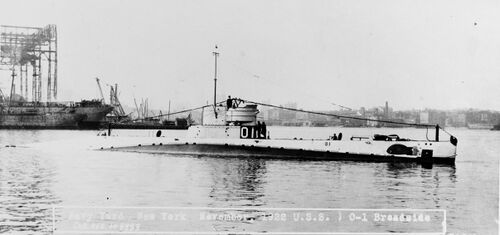
O-2 (SS-63)
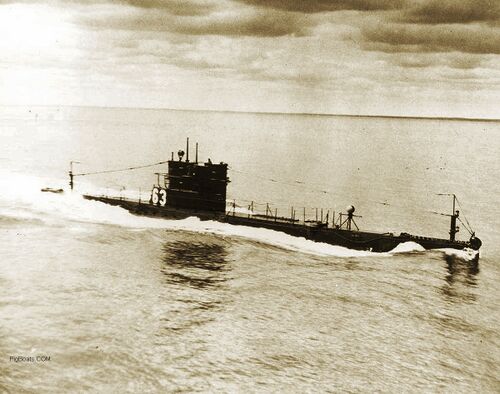
O-3 (SS-64)
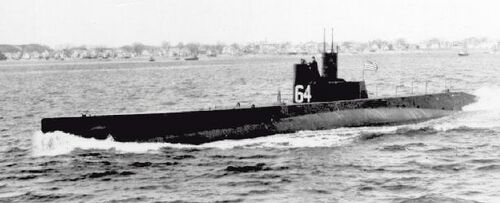
O-4 (SS-65)
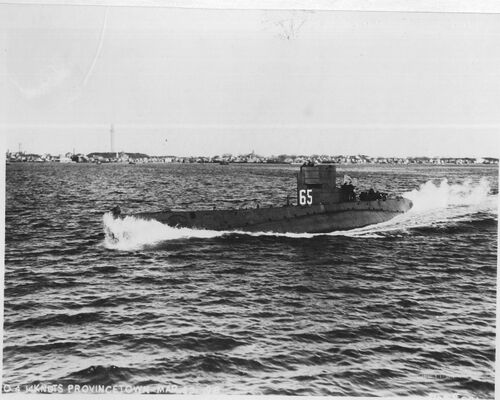
O-5 (SS-66)
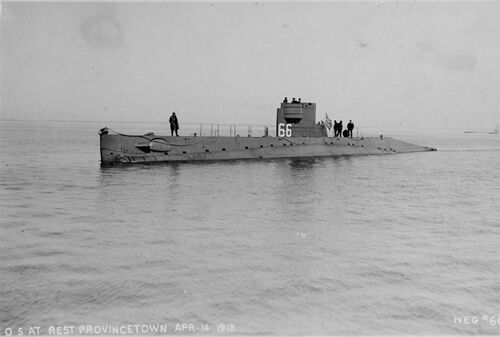
O-6 (SS-67)
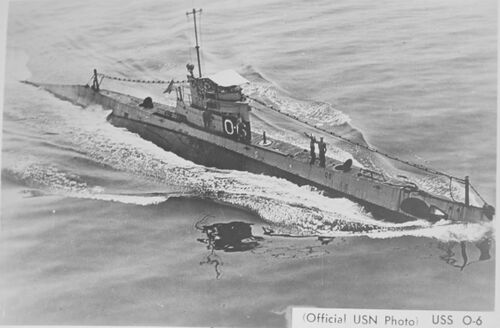
O-7 (SS-68)
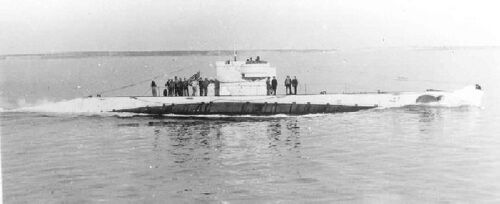
O-8 (SS-69)
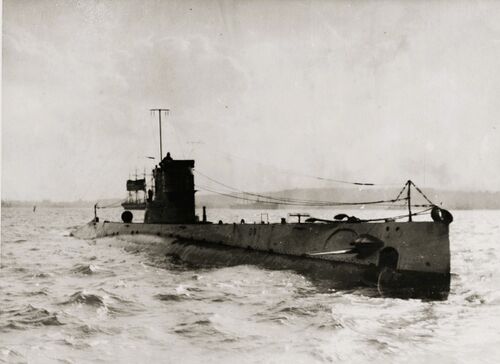
O-9 (SS-70)
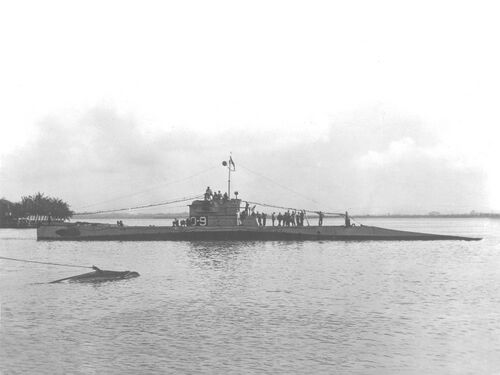
O-10 (SS-71)
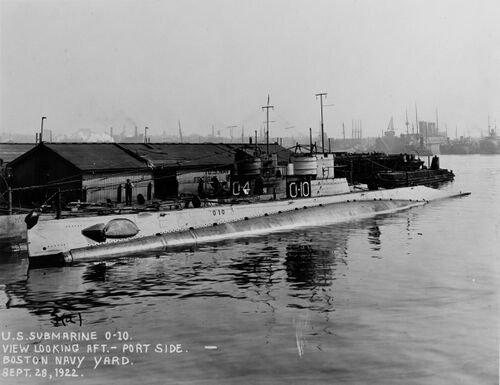
O-11 (SS-72)
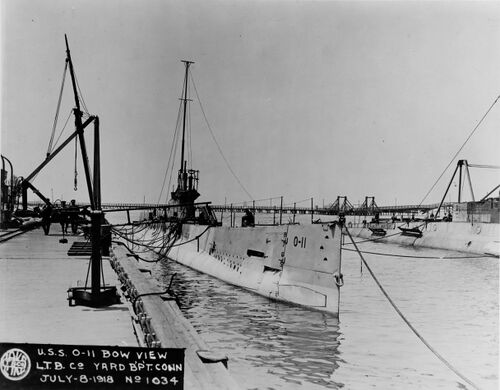
O-12 (SS-73)
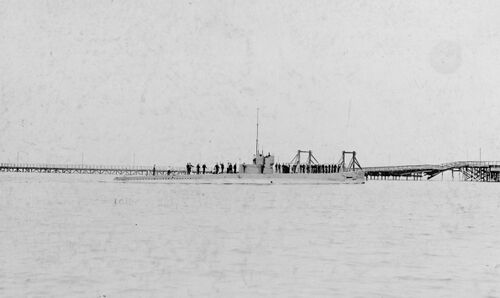
O-13 (SS-74)

O-14 (SS-75)

O-15 (SS-76)
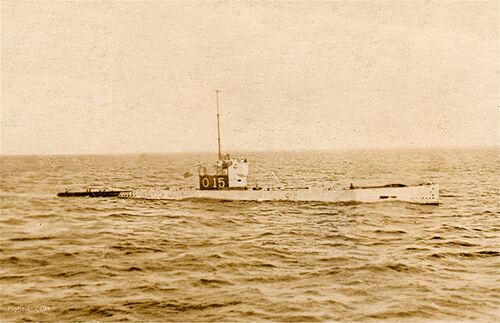
O-16 (SS-77)
General O-class Photos
See more General O-class photos
Page created by:
Ric Hedman & David Johnston
1999 - 2023 - PigBoats.COM©
Mountlake Terrace, WA, Norfolk, VA
webmaster at pigboats dot com
